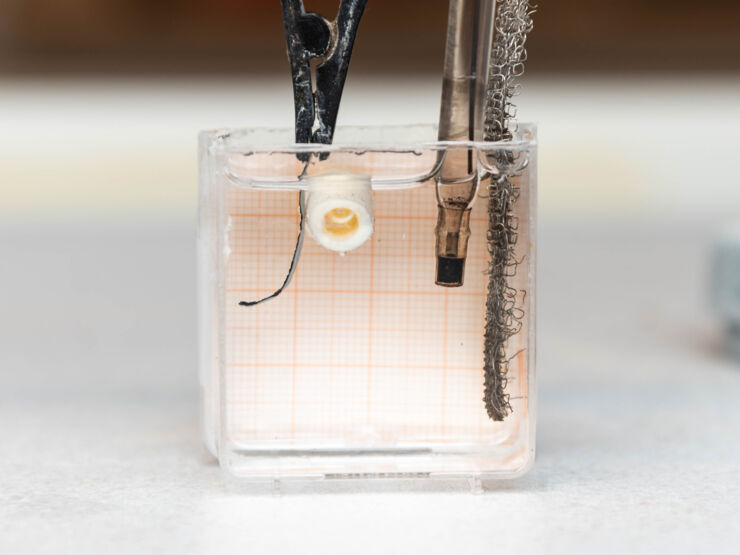
Inspired by the growth of bones in the skeleton, researchers at the universities of Linköping in Sweden and Okayama in Japan have developed a combination of materials that can morph into various shapes before hardening. The material is initially soft, but later hardens through a bone development process that uses the same materials found in the skeleton.
When we are born, we have gaps in our skulls that are covered by pieces of soft connective tissue called fontanelles...
Read More







Recent Comments